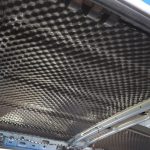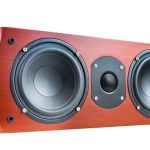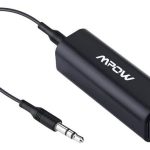A properly setup turntable ensures the stylus remains in the groove for smooth music production. Any vibrations on your turntable will automatically affect the operation of the stylus. If the turntable vibrates, the stylus won’t stick to the groove. As a result, the sound output will cut in and out.
It’s important to ensure your turntable doesn’t experience any form of vibration for the best sound output. In this article, we’ll show you how to isolate turntables from vibration.
Where Do Turntable Vibrations Come From?
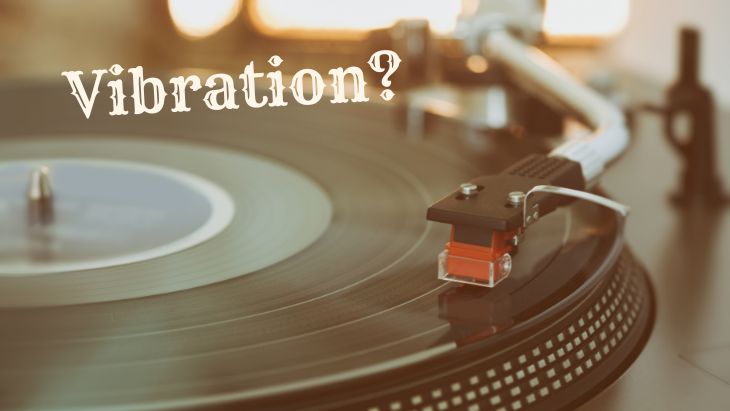
Before we discuss how to keep your turntable free from vibrations, it’ll help to learn more about the key sources of turntable vibrations. The most common source of turntable vibrations is from nearby speakers. Essentially, some audiophiles keep speakers close to the turntable. While small-sized speakers may not produce bass that can cause vibrations, bigger speakers may be an issue.
When you place large speakers on the same surface as the turntable, especially when they’re close to each other, expect audio problems. If you keep large speakers or woofers close to the turntable, their vibrations will be picked up by the turntable stylus. As a result, there’ll be a loop in the sound production.
Also, when cranking speakers loud, their vibrations will lead to footfalls such that the stylus will experience occasional skips. Besides, the vibrations get picked up by the stylus such that they’re amplified again. Consequently, you’ll get poor sound output.
Some vibrations come from the external environment around the turntable. External vibrations are transmitted via the floor and the structure of a building and end up being picked by the turntable. Also, people moving or dancing near the turntable can cause vibrations. Once the vibrations mix up, they cause extreme distortion.
Depending on the way vibrations reach the turntable, they can be divided into three categories including self-generated, airborne, and structural vibrations. Self-generated vibrations are internal vibrations resulting from the equipment itself such as the bearings, motor, and belts. Airborne vibrations are those resulting from speaker vibrations. Structural vibrations are those that enter the turntable components through its feet or the platform it’s placed on.
How Do You Isolate Vibrations from the Turntable?
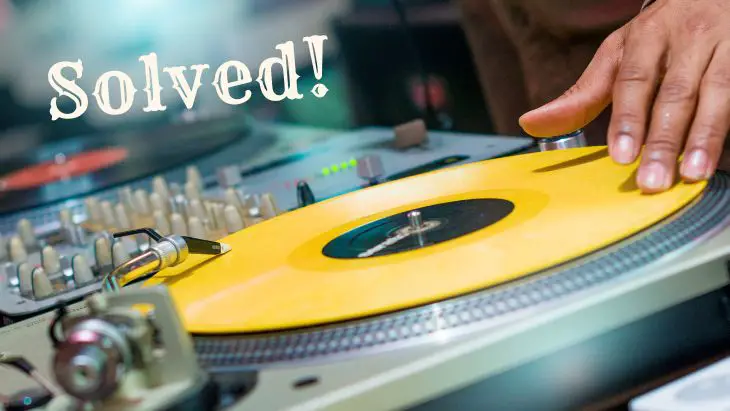
Now that you know what causes vibrations, it’ll help to learn how to isolate your turntable from vibration. There’re several options available including:
1. Adding a turntable isolation platform
A turntable isolation platform is a specially designed platform on which you place a turntable to reduce external vibrations significantly. The platforms ensure the turntable stays level to prevent the motor and stylus from vibrating. Also, the materials used in making these platforms absorb the energy that results in vibrations.
You can buy ready-made platforms online for a quick fix. Alternatively, if you’re a DIY handy audiophile, you can make your own isolation platform at home. You only need to gather the required materials and a few DIY skills to make your own platform.
2. Adding turntable isolation feet
Another great solution is to place turntable isolation feet underneath the turntable. The feet lift off the turntable from the surface, thereby reducing the likelihood of vibrating. Also, the feet work by dampening vibrations.
3. Adding spikes
While adding spikes tends to be controversial, they’re a great solution for isolating a turntable from vibration. Rather than isolating the turntable from the surface, they work by coupling it to the surface. They’re especially effective when placing your equipment on a hardwood floor. They ensure the turntable sticks on the surface to prevent it from vibrating against the surface.
You may also read: 2 Way vs. 3 Way Center Channel Speaker: Which is Better?
Final Words
Upon going through this guide on how to isolate the turntable from vibration, you can see that the available solutions work by ensuring the stylus interacts with the groove smoothly. Also, these solutions ensure that the stylus doesn’t pick up external vibrations. Although it’s not possible to eliminate unwanted vibrations completely, you can successfully reduce them. By isolating your turntable from vibration, you’ll enjoy the improved sound quality.
Michael Evanchuk is a San Francisco-based sound engineer with 20 years’ experience installing, troubleshooting, and repairing commercial, automotive, and household sound equipment. Evanchuk owns an auto stereo center, where he offers highly competitive car audio installation and repair services. He has written dozens of articles on different sound engineering topics, all of which have been published in leading journals, blogs, and websites.



